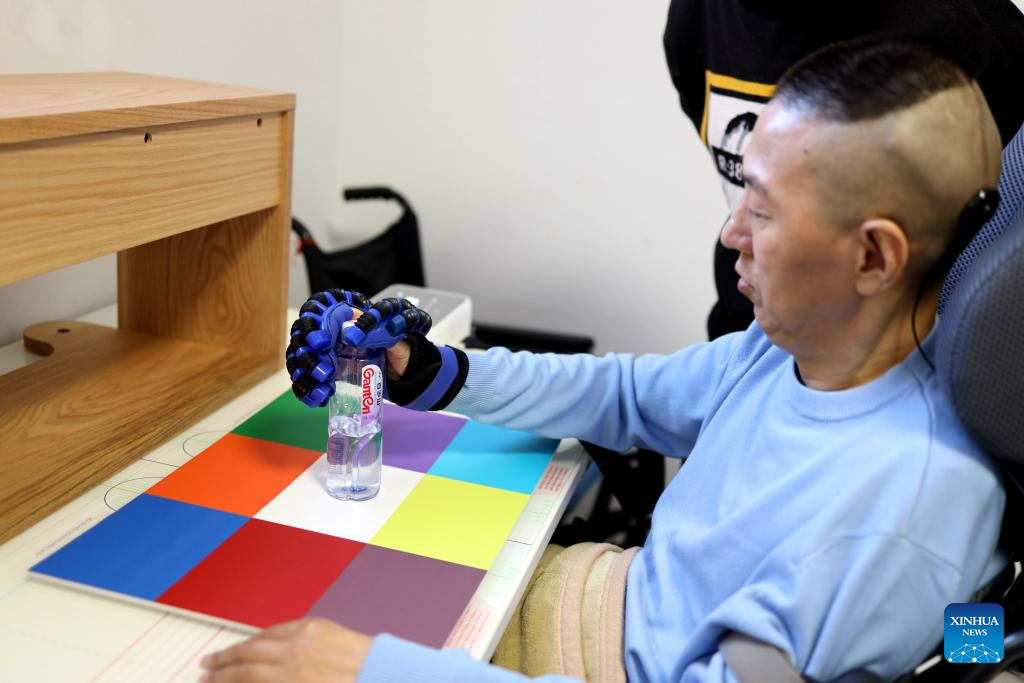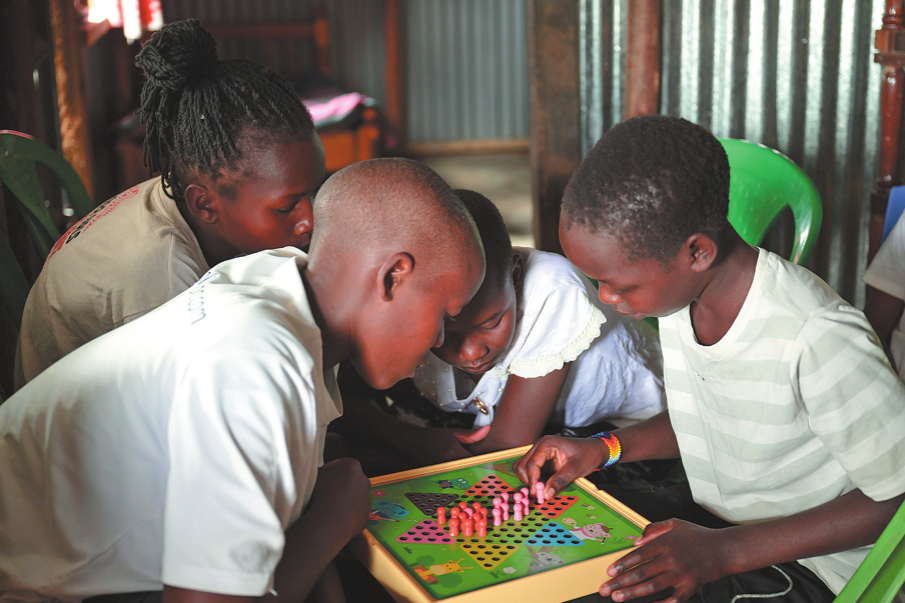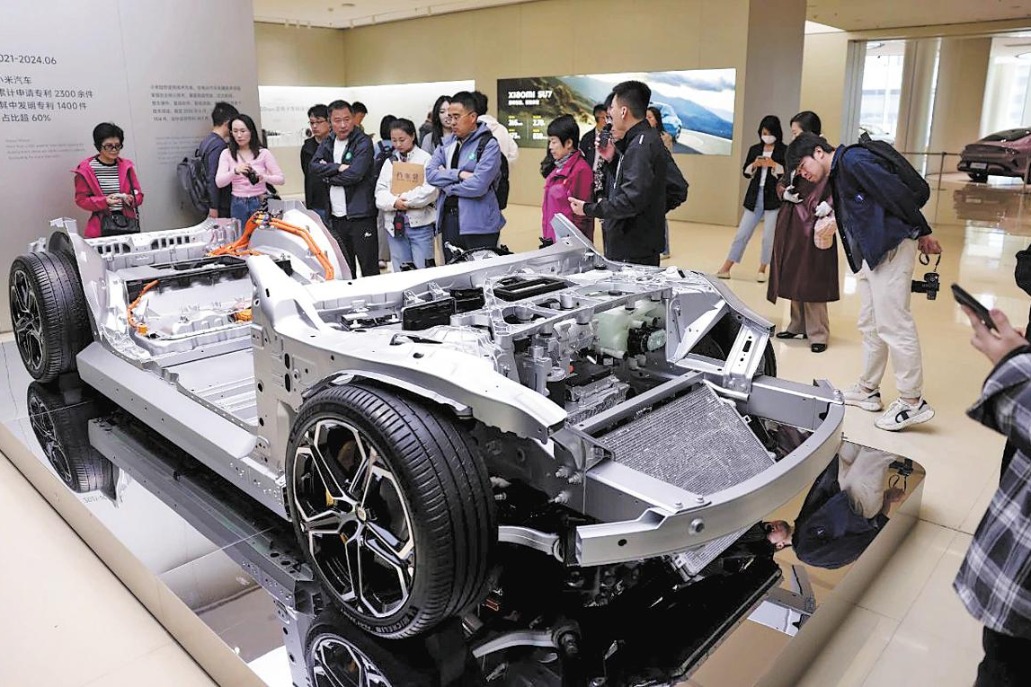Chinese brain implant helps paralyzed man recover motor skills


BEIJING -- A Chinese clinical team has implanted a wireless processor into the skull of a paralyzed man, significantly recovering his motor skills, including drinking a bottle of water on his own.
The team announced the outcome on Tuesday, calling it a breakthrough in the country's brain-computer interface (BCI) device, a frontier technology that may assist the rehabilitation of patients with brain diseases and injuries, and even expand the human brain's processing capability in the future.
The patient, who received the implant surgery in a clinical trial on Oct. 24, 2023, had suffered a complete spinal cord injury as a result of a car accident. He had been quadriplegic, or paralyzed in all four limbs, for 14 years.
The brain surgeons from Xuanwu Hospital implanted the minimally-invasive, wireless BCI processor in two coins' size into the participant's skull and successfully acquired the nerve signals in his brain region that control the sensory and motor functions.
After three months of home training, the patient is now capable of fetching a bottle of water on his own via an air-filled glove driven by brain waves, with his grasping accuracy rate exceeding 90 percent.
The patient also showed improvement in clinical scores for spinal cord injury and sensory-evoked potential measurements, according to the neurosurgeons in the trial.
The implantable device, called Neural Electronic Opportunity (NEO), has been developed by a group of scientists from Tsinghua University. Its internal part is powered by the external part through the scalp, and it receives neural signals before transmitting them to a computer or cell phone.

Unlike the "Telepathy" technology developed by US startup Neuralink, NEO's electrodes are embedded between the skull and the dura mater, a thick external membrane that surrounds the brain and spinal cord.
These electrodes can ensure the signal quality without damaging the neural tissues, according to Hong Bo, a professor from Tsinghua's School of Medicine.
Also, NEO employs near-field wireless power supply and signal transmission, thus making the internal machine implanted in the skull battery-free, said Hong.
On December 19, 2023, the second NEO implantation case in a spinal cord injury patient was implemented at Beijing Tiantan Hospital. The patient is now undergoing rehabilitation at home.
BCI, which enables communication between the brain and computer by recording and interpreting brain signals, has become a hotspot technology among startups recently.
Elon Musk said on Monday that Neuralink has implanted a device in a human for the first time, with the patient recovering well and showing promising neuron spike detection.
China's Ministry of Industry and Information Technology has vowed to support future industries that include BCI, metaverse and humanoid robots.
Zhao Guoguang, a professor at Xuanwu Hospital, said that BCI technology will hopefully help patients with brain diseases such as spinal cord injury and epilepsy to recover, and offers the possibility of realizing brain-computer intelligence fusion.
"But there is still a certain way to go for BCI's large-scale application, and future research will be conducted on device stability and functionality," Zhao added.
























